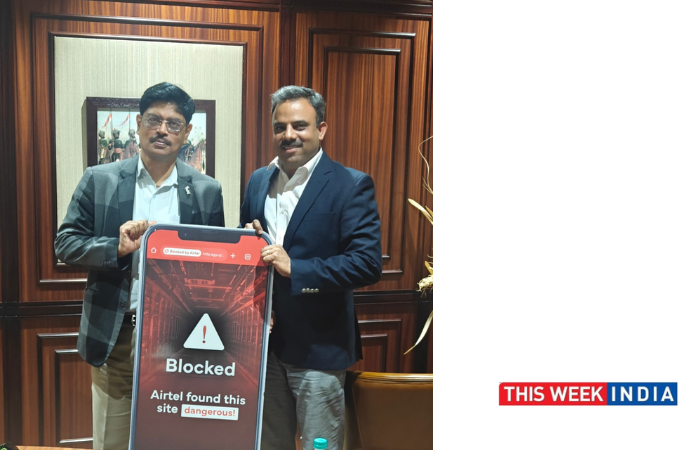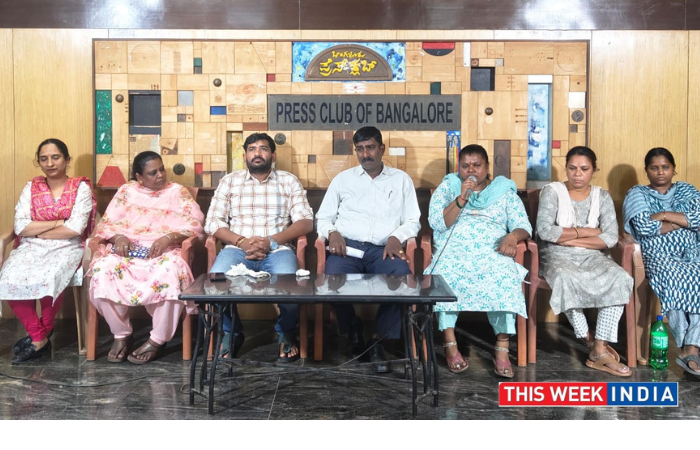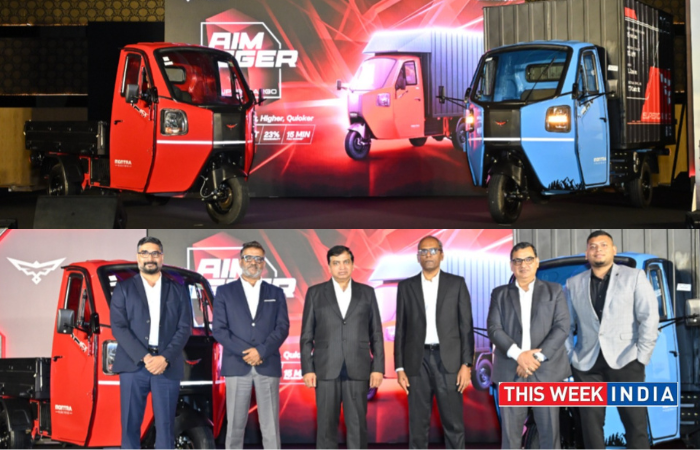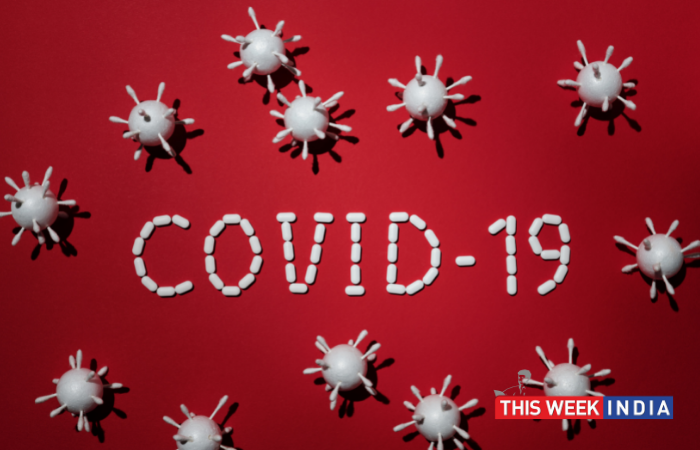The Indian EV market is presently at a very promising stage with new launches every day. As the race to diversify and expand alongside conventional vehicles continue, the question remains at large- Can the Indian EV space maintain its pace while ensuring that it not just envisages going green but also helps the GOI attain its COP21, where India has pledged to reduce its carbon footprint by 33-35% by 2030 (below 2005 levels), through an increase in the share of non-fossil fuels-based electricity over the next 8 years.
While the staggering surge in EV sales can be credited partly to Government Schemes and Policies, various other factors have also played a vital role such as EV awareness, better products, funding, quick TAT, and the fact that we live in a highly consumed 2-wheeler continent. There was also great stress on reducing import bills since the Indian transport sector became the third largest user of oil worldwide with more than 80% imported, and road transportation contributed majorly to this consumption.
Currently, the EV industry is dominated by e-2w sales. In FY21, the low-speed e-2W segment saw a rise which was taken over by high-speed e-2Ws sales by FY 22 (till date). While it is common that EVs do not pollute the environment through emissions from their tailpipe, it is a lesser-known fact that EVs will now contribute majorly towards attaining the country’s net-zero goal by 2070. And how exactly is EV alone going to attain this, is a deep dive into understanding the EV value chain.
EVs consume electricity, generated by burning coal YOY. While coal has been abundantly available in the country, with continuous mining it will reach levels that may not be able to meet the power demand of the country. There will be more shortages ahead due to the exploitation of natural resources. However, it is also good to learn that the government had already begun laying greater stress on power generation through easily abundant natural sources of energy that are not based on fossil fuels, such as Wind & Solar. These are the top alternative sources of power today in the country. Widespread solar/ hybrid Mega and Gigawatt capacity parks are being set across states. In the last few years, power generation through solar has grown by numbers more than other alternatives. India also has one of the largest solar parks in the world. Wind & solar together are meeting more than 40% of the country’s power needs. It is slated to reach 60% of the country’s power requirements through the setting up of gigantic hybrid parks. The larger shift in generating power from fossil fuel to natural energy sources will gain momentum slowly but steadily.
At the industry level today, manufacturing facilities of various organizations are focussing on at least having rainwater harvesting, recycling sheds, solar panels, natural ventilation systems, proper disposal procedures, smart waste segregation systems, etc. This has furthered the EV ecosystem to move closer to the larger green goal of the country. The industry is also trying to resolve the battery disposal process where less harm is done to the environment. Hence, upcoming electric two-wheeler manufacturer ‘Oben Electric’ is pioneering the use of LFP (Lithium Ferro Phosphate) in its first product, an electric performance motorcycle- Rorr, in India. LFPs are robust battery chemistries that are made of Iron and Phosphate that are less harmful to the environment, right from the excavation of resources to their end-of-life disposal. They comprise of less toxic materials that can be easily recycled in their end-of-life cycle, ex: for static applications such as UPS.
By- Madhumita Agrawal, Co-founder & CEO, Oben Electric









